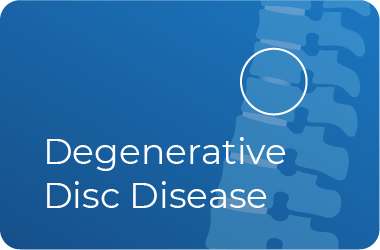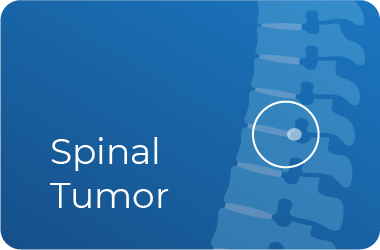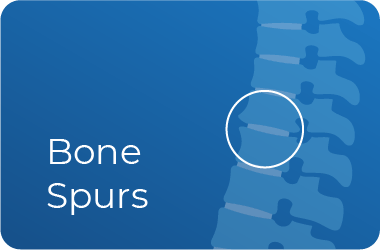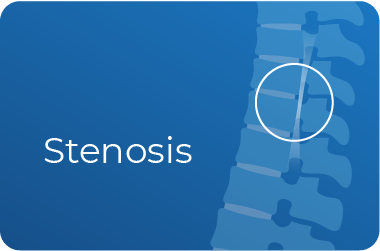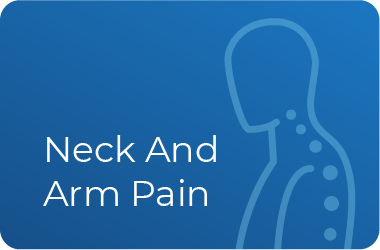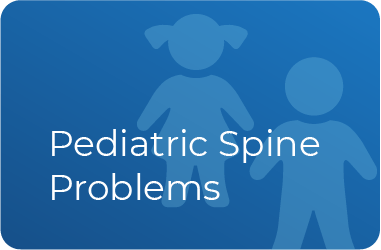The spinal column consists of four regions:
- Cervical
- Thoracic
- Lumbar
- Sacral
The cervical spine region is the area of the neck. It contains seven vertebrae – numbered C1-C7 from top to bottom – which enable flexible head movement, protect the spinal cord and brain stem and support the base of the skull.
The thoracic spine region is the next area of the spine below the neck nearest the chest. It contains 12 vertebrae – numbered T1-T12 from top to bottom and smallest to largest – which provide more stability because of their attachment to the rib cage and sternum. Thoracic vertebrae are larger than cervical vertebrae and have longer spinous processes. Many of the body’s vital organs are located near the thoracic region of the spine, which is stronger, more stable and less flexible in order to protect these organs.
The lumbar spine region is the area below the thoracic region but above the sacral (pelvic) region. It contains five large vertebrae – numbered L1-L5 – which support much of the body’s weight. Every aspect of the lumbar vertebrae is larger than those found in the cervical and thoracic regions. This spinal region features slightly more range of motion than the thoracic region, but considerably less than the cervical region.
The sacral spine region is located beneath the abdomen near the pelvis. It contains five vertebrae fused into a triangular shape – numbered S1-S5 – to form the sacrum. The sacrum fits between the two hip bones connecting the spine to the pelvis. Immediately below the sacrum are five additional bones, fused together to form the Coccyx (tailbone).



